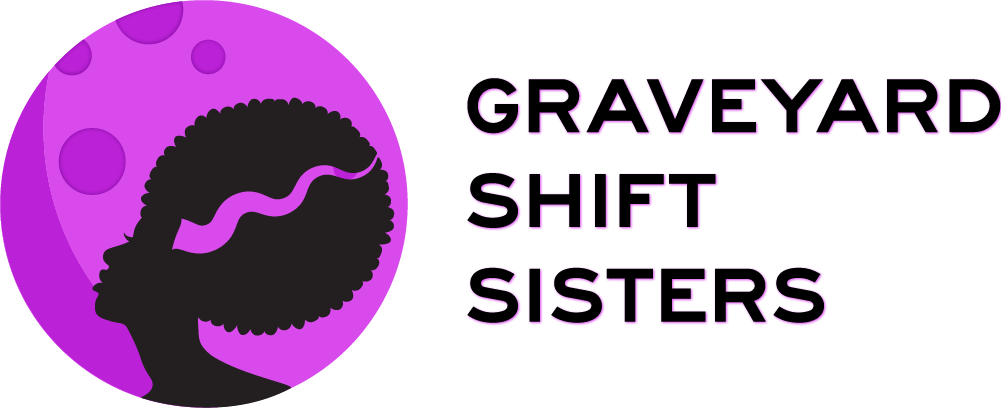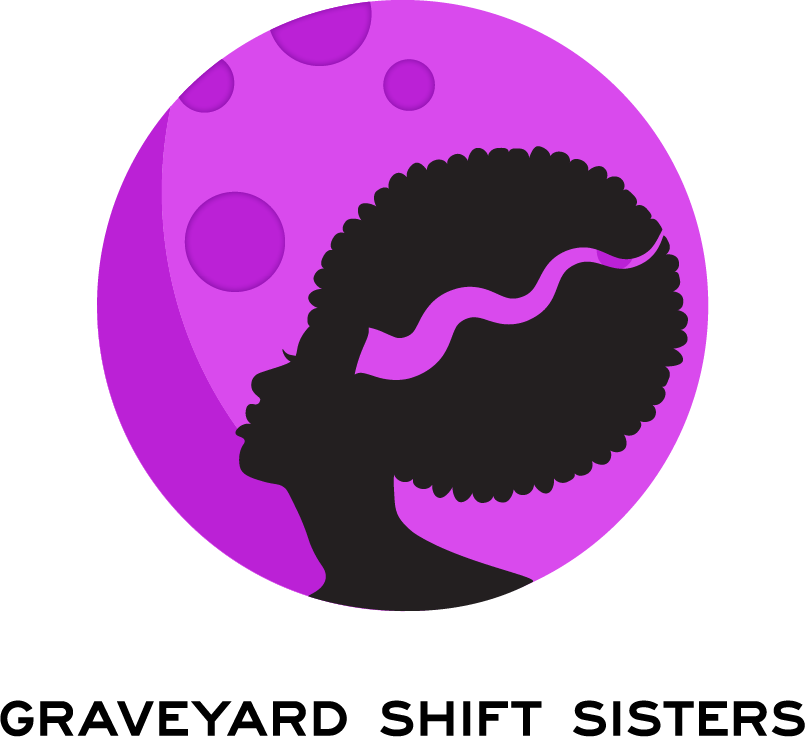Women Of Color Horror Writers: Interview With Rebecca Pierce
Sometimes I stumble upon fantastically inventive writing in my travels online, and when that writing is horror written by a woman of color, I take notice. Rebecca R. Pierce writes horror poetry and short stories that have a graceful quality that lives among the creeping darkness. Her experience with the poetic form bleeds into her prose, filling it with resounding symbolism and lingering metaphor. She is able to move between sub-genres of horror, while maintaining the ability to give the reader the sense of awe and what all horror readers love—that gasp of surprise.
Some readers shy away from short stories, feel they aren’t long enough to get involved in the characters and be pulled along into a plot. Short stories are a skill unto themselves—the ability to craft an immediate connection to protagonists and villains alike, as well as craft an intriguing storyline that unfolds and resolves within an abbreviated number of pages.
Pierce shows she’s in control of the short story form in “Shambles,” which gives us a view of the apocalypse through the eyes of a zombie trying to understand and come to terms with what he has become. Vivid and squirm-worthy description combine to make a surprisingly touching read.
“Model Town” features a woman who discovers a miniature town in the attic of a home she inherits from her great-grandmother. As she restores the tiny buildings, time lapses as she explores the town in her dreams. Or are they dreams? Reality blurs in this tale of deception and rogue magic.
I reached out to Rebecca to ask about her work, her love of horror, and how classic horror inspires the modern writer.
Thank you for granting me this interview. Tell us a bit about yourself and your writing style.
First off, thanks for interviewing me! I’m over-the-moon thrilled about it, especially since this is my first interview. A little bit about me? Well, I’m a 43 year old stay at home mom with a teething toddler. Aside from sleeping, my other (neglected) hobbies include cooking, playing D&D, and the Sims. I’m a sucker for period flicks and more than a bit obsessed with the romantic poet, Lord Byron.
As for my writing style, I started as a poet first, so I gravitate towards a lot of devices such as heavy imagery and personification. I play on words, and sneak symbolism in whenever I can. Who doesn’t love a good Easter egg?
What inspired you to write horror in poetic form? How does it differ from writing short stories, which you also turn your hand to?
My first major influence was Edgar Allan Poe. “The Raven” and “Annabel Lee” swept me away. But I wrote my first horror poem in high school after reading the Scottish ballad “Barbara Allen.” I retold the ballad from her perspective.
When I write short stories, I have to shut down the part of my brain that subconsciously wants to rhyme. As a writer, this habit can be quite a hassle as I have to stop and search for a synonym or rephrase the entire sentence. It pulls me out of “the zone,” something no writer wants. When you write traditional verse, you can do crazy things like mix up the order of words to keep your meter. Try that with prose and you’ll get a slap on the wrist by your editor.
“The Road to Kyoto” is historical horror, which includes several of the spirits referenced in Japanese culture, including the kitsune and the yuki-onna. What research, if any, did you use in creating the supernatural elements of this story?
The role playing game D&D (Dungeons & Dragons) first introduced me to the kitsune and the yuki-onna. (The Monster Manual makes a fabulous resource for creatures, by the way). I owe a lot of thanks to Wikipedia as well. It’s a good starting point for research since they list their sources for further reading. While delving into Japanese folklore, fairytales, and demons, I remembered that horror stories involving demons usually served to remind people to stay true to their religious tenets. Of course, with the Shinto religion, you didn’t just have to have a pure heart to make it out alive, you also had to mind your p’s and q’s.
Your story “Model Town” is psychological horror, with doses of magic, in a realistic setting that you suggest reading before “The Road to Kyoto.” What was the impetus for these stories and why read them in this order?
For writing prompts, I don’t bother with Tumblr or Pinterest. Instead, the call for submissions for various anthologies inspired most of my short stories. “The Road to Kyoto” has scenes that will likely shock and disturb readers. I worry my other stories will seem G-rated by comparison. When I ran my Three For Free Halloween Promo last year, I told my followers to read “Shambles” first, then “Model Town,” and save “The Road to Kyoto” last. I organized them in gradation from mildly disturbing to oh-my-god.
What scares you? How do these fears inspire your writing?
I scare me. The things that crop out of my head can be so twisted, I wonder about myself sometimes. Like so many authors, writing is therapy for me. I feel like I purge myself of darkness with every story I tell, leaving fragments scattered like breadcrumbs in each of my stories.
But if you’re looking for something more specific, zombies frighten me. I have recurring nightmares about them. What’s odd is, I’m never afraid of them in my dreams but a quick way to get me to pee my pants is to make me read about zombies or watch them on film. Then my battle cry becomes, “Run away!” Being overwhelmed by the mindless masses is only one aspect of what terrifies me. I don’t like people up in my personal space on a good day. Add to the fact that I’m a bit of a germaphobe and the hell is real. I mean, zombies aren’t known for their hygiene.
How can writers of color and women writers get a larger share of the horror fan base?
I’m fairly new to the industry but I imagine we have to do what all writers have to do: take every opportunity to express our passion for our work to get people interested. We have a unique voice and perspective when we write from different cultural backgrounds. As for being a female writer, the way I see it is like this: if you’ve read the bible, you know women get blamed for everything. So logic dictates we must be an authority on evil, right? Who better to write in the horror genre than the daughters of Lilith?
Who is your main inspiration?
I grew up reading mythology, collections of campfire stories, and classic literature like Dracula, Frankenstein, and the Phantom of the Opera. As a child, my eyes were glued to shows like Tales From the Dark Side and Tales From the Crypt. But if I have to pick just one, I’m going to have to go with Mr. Poe again. The “Tell-tale Heart,” “The Fall of the House of Usher,” and “The Pit and the Pendulum” still haunt me to this day.
What’s the most difficult part of writing for you?
Editing. I owe everything to my editors, both Leah Lederman and Jeremy Menefee, for helping me turn my storylines into something solid. I birthed the stories, gave them bones and skin, but my editors made sure I didn’t dress my babies funny.
Is there a subject you refuse to touch?
Not really. I’m kind of weird about the topic of rape, though. While I don’t shy away from the subject, I try not to get too explicit. There’s a glimpse of the crime, towards the end, but I steer away from writing a play by play scenario. And the reason I do this is the last thing I want is for someone to become aroused by this horrific act. I don’t want to glorify rape or add to rape culture. Rape culture doesn’t need any more help. People need to know that rape is horrific and you’re a villain if you do it, plain and simple.
Thank you for the interview. Is there anything else you like to mention?
I also write erotica so in case anyone needs a good cuddle after a good scare, be sure to check those stories out. Thank you for having me. I thoroughly enjoyed it!
Image: Old books By Vera Lair

